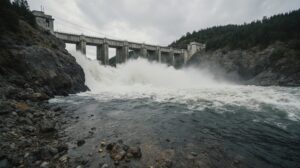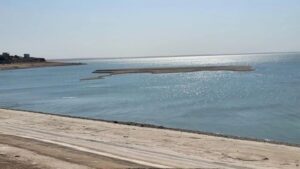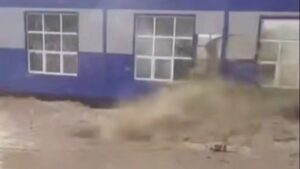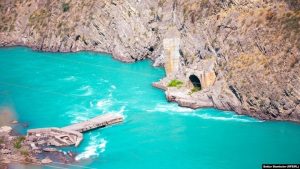A large-scale inventory and assessment of the condition of hydraulic structures and canals, which have been putting significant pressure on natural waterways and ecosystems for decades, is being launched in Kazakhstan. The Ministry of Water Resources and Irrigation of the Republic of Kazakhstan initiated a multifactor survey of 134 such objects, which is only part of a more extensive program. In total, by the end of 2028, it is planned to carefully study the technical condition of 557 hydraulic structures, many of which were built decades ago and whose aging or inadequate maintenance can pose a direct and serious threat to the environment.
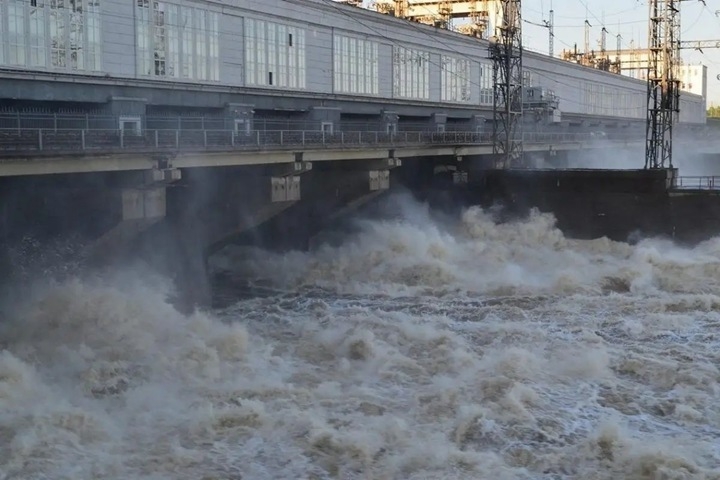
The essence of a multifactor survey is not a formal inspection, but an in-depth and comprehensive analysis that allows one to determine the true technical condition of each hydraulic facility and all related equipment. Based on the data obtained, the volumes and specific types of urgent repair and restoration work will be determined. These measures are vital to prevent potential accidents that could lead to unpredictable and destructive environmental consequences, such as uncontrolled flooding of large areas, chemical or biological pollution of water resources, as well as irreversible disruption of established local and regional ecosystems. It should be noted that last year the relevant ministry already conducted similar comprehensive surveys at 84 sites located in 14 regions of the country, exceeding the initially planned indicators. This demonstrates a growing understanding of the scale of the problem and the seriousness of intentions to ensure the safety of these potentially dangerous anthropogenic structures.
Deputy Minister of Water Resources and Irrigation of the Republic of Kazakhstan Erbolat Ibraikhanov explained that, according to the new Water Code, owners of hydraulic structures are now subject to a strict obligation to conduct multifactor inspections of their properties every five years. Based on the results of such a thorough inspection, a safety declaration of the hydraulic structure must be drawn up, which must be registered with the relevant basin water inspection. This innovation clearly reflects the growing concern of society and the state about the potential cumulative negative impact of human activities on water resources and natural landscapes, as well as the desire to strengthen control over objects whose serviceability and safe operation are critical to the environmental well-being of entire regions and the conservation of biological diversity.
Alexander Eskendirov (Rivers.Help!)
